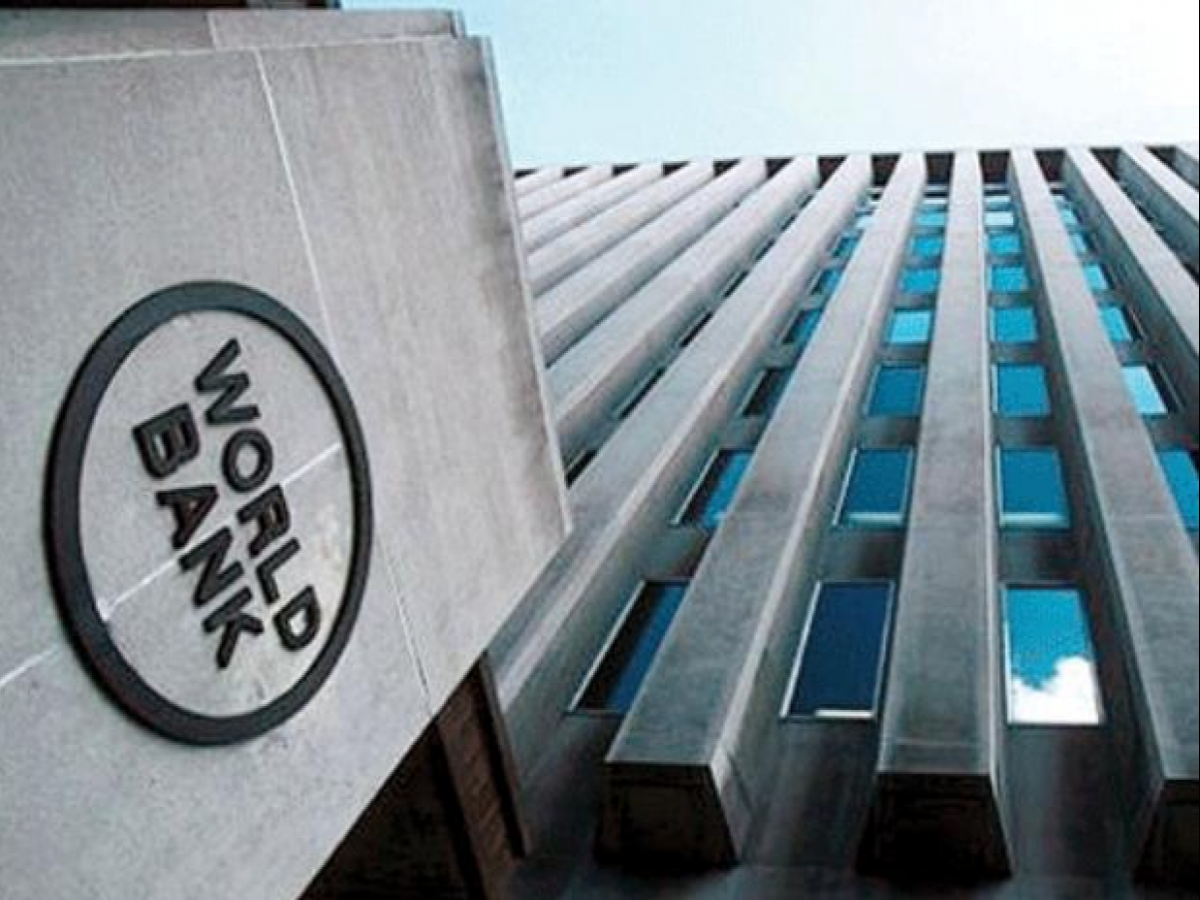India, which comprises almost 80% of the South Asia region’s GDP, had a substantial revision to growth of 4.7 percentage points since January 2021, says the World Bank report.
The report ‘South Asia Economic Focus Spring 2021, South Asia Vaccinate’, said the revision in GDP is due to a strong rebound in private consumption and investment growth in the second and third quarters (July-December, 2020) of FY20/21.
It said that India is expected to grow over 10% in the fiscal year starting April 1, 2021—slightly over one year since the great lockdown went into force—as the vaccination drive is expected to spur activity in contact-intensive sectors.
The infrastructure focus of the Union Budget 2021-22 is expected to aid the growth momentum and revive domestic demand.
“Nevertheless, there is significant uncertainty at this stage about both epidemiological and policy developments, so real GDP growth may range from 7.5 to 12.5%. Over the medium-term, growth is projected to stabilize within a 6-7% range. Though public consumption will contribute positively, pent-up private demand is expected to fade by the end of 2021, as investment will pick up very gradually spurred by a large government capital expenditure push,” the report said.
It added that Negative spillovers from financial sector distress, especially as forbearance measures expire, remain a risk to the growth outlook. Nonetheless, the Reserve Bank of India’s liquidity stance is also expected to remain accommodative during the fiscal year ending in March 2022.
The outlook for Bangladesh, Nepal, and Pakistan for the fiscal year ending in mid-July 2021 also was revised up, consistent with positive indicators so far in the fiscal year.
Consumption will make largest contribution to domestic demand in 2021
The rebound was faster than expected in large part because private consumption growth was revised up 5.4%. The private consumption drop was even sharper than the GDP decline in 2020, at 6.9% versus 5.6%. This contrasts with South Asia’s recent past: private consumption has always been the most stable demand component, even during the period of the
GFC in 2007-09.
This faster-than-expected recovery reflects the sharp rebound from a very low base, but also the resolution of uncertainty amid vaccine rollouts and tailwinds from higher remittance inflows at end-2020.
Investment and net exports will pick up at different rates
Investment will grow by 12.7% in the South Asia region, reflecting a strong push from India of 14.3% in CY2021. Nepal is also expected to resume its investment programs while Maldives had few interruptions in its tourism and transport-related investment programs in 2020. Investor sentiment has increased as the uncertainty from the health crisis has significantly died down, but there are risks to the pace and strength of the recovery, the report added.
As demand for capital and intermediate imports resumes in line with other domestic demand components, the forecasted 9% growth in imports will outpace the 5.6% export growth in 2021—exports had already been recovering at the end of 2020.
Therefore, net exports will contribute negatively to growth.
How can South Asia avoid getting caught in a third wave of debt?
The report points out that South Asian countries are not all in the same position in terms of public external debt sustainability. As with most countries during the crisis, South Asia debt levels grew in 2020 and are expected to continue rising over the forecast horizon as a percent of government revenues and GDP.
The eight countries can be broadly placed into three groups:
(i) Countries with mostly comfortable debt ratios and relatively low external debt as a share of GDP (India, Bangladesh, and Nepal). India’s public debt is high and growing. However, it is mostly domestic and thus less susceptible to global market sentiments and exchange rate risk. Still, the government’s main creditors are large domestic banks. Therefore, risks of indebtedness are tied to the vulnerabilities of the domestic financial system.
(ii) Countries with high debt indicators but not in immediate danger of debt distress (Pakistan and Bhutan). In Pakistan, the policies and reforms implemented under an IMF-supported program prior to the COVID-19 shock started to reduce economic imbalances and set the conditions for improving economic performance. The program was interrupted for almost a year to allow greater social and health spending to contend with the epidemic but is back on track. Bhutan’s external debt is high as a share of GDP, but 75% is linked to hydropower exports to India which substantially reduces re-financing and exchange rate risks. Production capacity in hydropower is expected to continue to increase.
(iii) Countries facing high risk of debt sustainability (Sri Lanka, Afghanistan, Maldives). Within this group, the causes vary substantially. Afghanistan’s debt to GDP is low, at less than 10% of GDP. Still, given its almost complete dependence on grants for government revenue (75%), any withdrawal of grant money would be devastating. Maldives’ debt ratio is expected to double compared to its pre-COVID levels, the report added.





